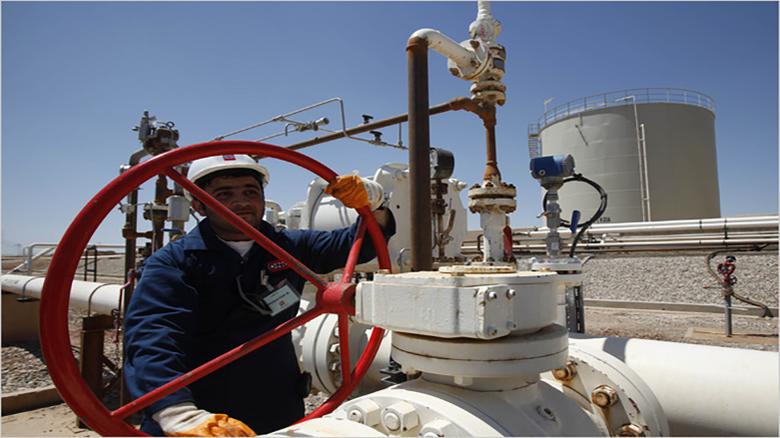
OIL PRICES: $55 - $57

EIA - SHORT-TERM ENERGY OUTLOOK
Prices
U.S. crude oil production averaged an estimated 8.9 million b/d in 2016. U.S crude oil production is forecast to average 9.0 million b/d in 2017 and 9.5 million b/d in 2018.
Benchmark North Sea Brent crude oil spot prices averaged $55/barrel (b) in January, a $1/b increase from December. This price was $24/b higher than the January 2016 average, and it was the highest monthly average for Brent spot prices since July 2015.
EIA forecasts Brent crude oil prices to average $55/b in 2017 and $57/b in 2018. West Texas Intermediate (WTI) crude oil prices are forecast to average about $1/b less than Brent prices in 2017. The NYMEX contract values for April 2017 delivery traded during the five-day period ending February 2 suggest that a range from $45/b to $65/b encompasses the market expectation of WTI prices in April 2017 at the 95% confidence level.
U.S. regular gasoline retail prices are expected to decrease from an average of $2.35/gallon (gal) in January 2017 to an average of $2.27/gal in February and then rise to $2.33/gal in March. U.S. regular gasoline retail prices are forecast to average $2.39/gal in 2017 and $2.44/gal in 2018.
Crude Oil
Prices: Global crude oil prices traded within a relatively narrow range in January compared with recent history. Brent crude oil prices increased by $1.09 per barrel (b) from January 3 to settle at $56.56/b on February 2. U.S. benchmark crude oil West Texas Intermediate (WTI) increased $1.21/b over the same period, settling at $53.54/b (Figure 1). Brent and WTI average spot prices in January were both about $1/b higher compared with December averages.
The relatively stable prices in January came as oil market participants assessed news and data on the status of supply from countries participating in the production cuts by the Organization of the Petroleum Exporting Countries (OPEC) and non-OPEC countries. The Joint Ministerial Monitoring Committee (JMMC), a body of three representatives from OPEC and two representatives from non-OPEC countries established to monitor compliance with the agreement to reduce crude oil production by 1.8 million barrels per day (b/d), met on January 22. At the meeting, the countries affirmed commitments to shoulder their share of the production cuts originally announced in November and December. The JMMC plans to provide monthly updates on each country's production data and to monitor adherence to the agreed-upon production levels. In addition to statements from OPEC and non-OPEC officials announcing that production targets were met, oil tanker traffic data also indicate a possible reduction in oil being exported from the Middle East to customers in Asia, although official data will not be available for several months. With petroleum product demand forecast to grow at a faster rate in 2017 than in 2016, global oil markets appear closer to balance than at any time in the recent past.
Crude oil supply and price spreads: Total OPEC supply is expected to increase by 0.2 million b/d in 2017 and by 0.5 million b/d in 2018. Recent estimates of production from Libya, which is not subject to any production target under the OPEC production cut agreement, average almost 0.7 million b/d in January, the country's highest production level since 2014. Saudi Arabia recently announced it is meeting its production target, and the country is estimated to have produced slightly less than 10.0 million b/d in January.
U.S. crude oil production is expected to increase by 0.1 million b/d in 2017 year-over-year and by 0.5 million b/d in 2018. The U.S. oil-directed rig count increased by 41 rigs in January, the eighth consecutive monthly increase and the first year-over-year increase since December 2014, according to Baker Hughes.
Liquid fuels consumption and economic leading indicators: In the February STEO, global liquid fuels consumption is expected to grow by 1.6 million b/d in 2017 and by 1.5 million b/d in 2018. The projection for real oil-weighted world GDP growth is 2.7% in 2017 and 3.0% in 2018. Many economic and financial data series point to improved future economic growth for both developed and emerging market economies, which supports the oil consumption growth outlook.
----
Earlier:








